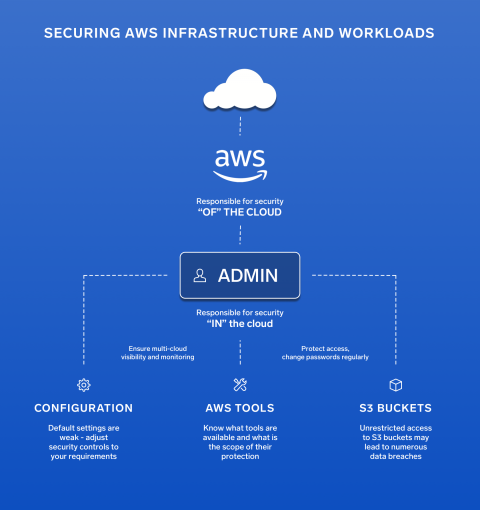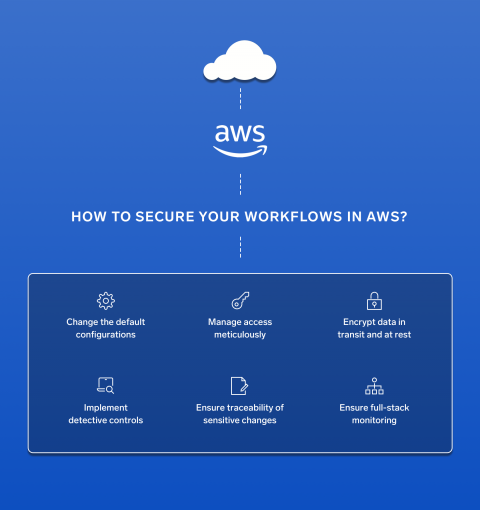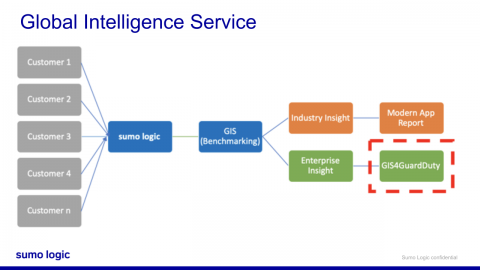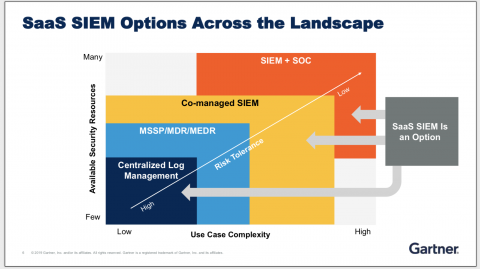Why you need to secure your AWS infrastructure and workloads?
Enterprises are increasingly adopting a cloud-first approach and migrating their workloads, data and applications to the Cloud. Amazon Web Services continues to lead the Public Cloud industry with more than 30% of the market. As digital transformation progresses and the digital space expands, so does the attack surface that exposes the ongoing proliferation of security risks. In today’s cloud-first world, security remains the primary concern.







